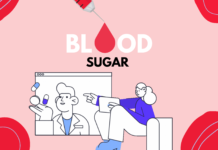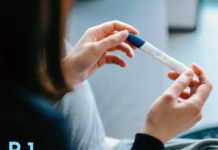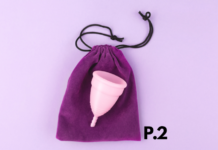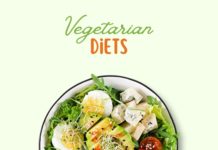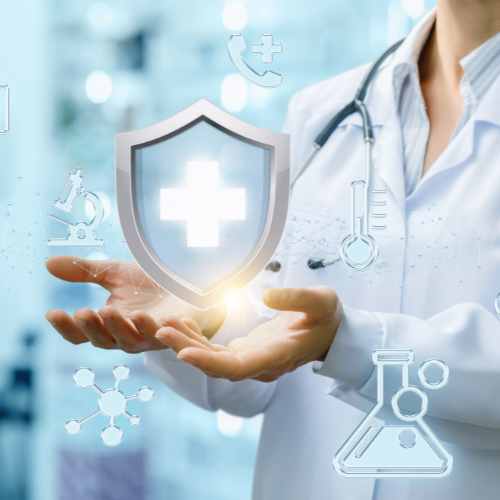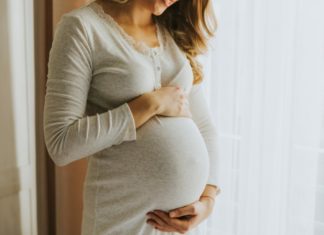Many people always moan about those pesky gray hairs and wrinkled skin when they age? It’s a bummer to see your once youthful looks slip away, but the real deal is your strength, balance, and flexibility.
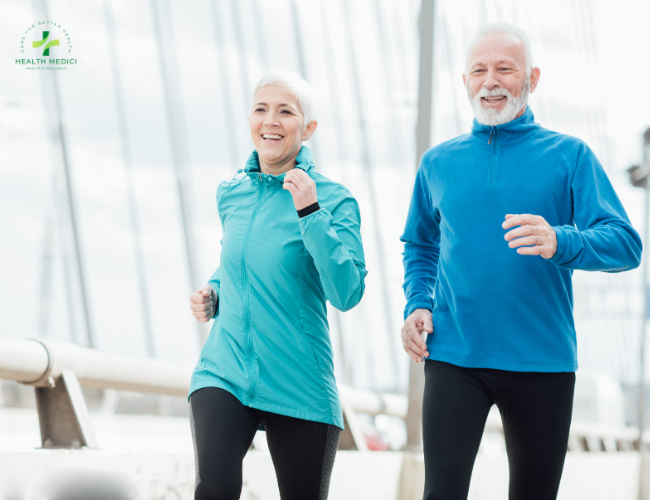
When those take a hit, it can lead to all sorts of problems like pain, falls, and fractures, and it seriously messes with your ability to move around and get things done. Just think about not being able to have fun with the grandkids, tackle stairs like a champ, or even carry groceries without trouble. That’s the stuff that really bites when you get older!
No matter how much we stay active, there’s no escaping the fact that our muscle mass and strength start taking a nosedive as we get older. Our muscles peak around 30 to 35 years old, and after that, it’s a slow and steady downhill ride. And you won’t believe it, but things speed up even more at age 65 for women and 70 for men, according to the National Institutes of Health. Not only muscle mass, balance and flexibility also decide to take a vacation as we age. Blame it on changes in vision, sensory nerves, joints, ligaments, and a bunch of other stuff that throws us off balance and makes us less… bendy.
“Joints in the spine, hips, knees, and shoulders naturally become more arthritic with age, and our ligaments and the interfaces between our tendons and muscles become more rigid,” said Dr. George Eldayrie, a sports medicine physician with the Orlando Health Jewett Orthopedic Institute in Winter Garden, Florida. “It’s a very known process.”
Because these declines are well-documented, the US Centers for Disease Control and Prevention recommends adults 65 and older engage in moderate-intensity exercise at least 150 minutes a week. In addition, they should perform strength training and balance exercises at least twice weekly.
How to improve both quality and quantity of your life
When it comes to improving the quality and quantity of your life, all three aspects – strength, balance, and flexibility – play crucial roles, but their significance might vary depending on individual circumstances.
According to Dr. John Higgins, a sports cardiologist, if you want to enhance your overall well-being, aerobic exercise should be your primary focus. It’s great for your heart health and has numerous benefits. Following that, resistance training becomes the next priority, as it helps build and maintain muscle mass.
As for balance and flexibility work, they are also important but might take a slightly lower priority. However, their importance increases in certain situations. For example, for a master’s athlete looking to perform well and avoid injuries, strength and flexibility become more critical. On the other hand, an 85-year-old individual who wants to maintain functionality and reduce the risk of falls would emphasize balance and strength training.
Individual health conditions also influence the focus of exercise. For someone with arthritis, joint flexibility takes precedence, while a person recovering from knee replacement should concentrate on strength training to regain mobility and stability. If you have osteoporosis, working on balance becomes crucial to prevent falls and fractures.
In a nutshell, each person’s fitness priorities will differ based on their age, health status, and specific goals. It’s essential to tailor exercise routines to address individual needs effectively.
How to get moving
It’s quite surprising and concerning that even with solid evidence supporting the significance of physical activity, a substantial 28% of Americans aged 50 and older remain inactive, as reported by a 2016 CDC study. What’s even more alarming is that inactivity seems to increase with age, with over 35% of individuals aged 75 and older being inactive.
This lack of physical activity is a real issue because engaging in regular exercise offers a multitude of benefits, especially as we age. Not only does it boost our mental health, but it also helps in warding off dementia and cognitive decline. When you add to that the advantages of working on strength, balance, and flexibility, you have an excellent formula for aging well.
So, it’s high time we recognize the importance of staying physically active, regardless of age. By incorporating exercise into our daily routines, we can enhance our overall well-being and increase the likelihood of enjoying a healthy and fulfilling life as we grow older. Don’t let inactivity hold you back—get moving and reap the rewards!
“Think about it like a pyramid,” Higgins said. “Aerobic exercise is the top of the pyramid, with the bricks supporting it being strength, balance, and flexibility. Without those basics, the pyramid will crumble. You can’t get by on one of those things alone.”
If the thought of incorporating aerobic exercise, strength training, and balance and flexibility work into your weekly routine seems overwhelming, keep in mind you don’t necessarily need a gym membership or personal trainer. This important work can be woven into your life rather seamlessly.
For example, playing golf and gardening are enjoyable ways to add some aerobic exercise to your life. So is walking the dog. Strap on a weighted backpack during your walk, and now you’re “rucking,” an exercise based on military training that combines aerobic exercise with strength training. Yoga is an easy-on-the-body activity that aids in flexibility, but it also boosts strength and activates your core. Standing on one foot in the grocery line or in front of the television is an easy way to add some balance training to your life.
“A lot of people like to complicate things by having a plan and measuring their progress, but it doesn’t need to be that complicated,” Eldayrie said. “Just incorporate these things into your day-to-day life and be consistent. The benefits will come over time.”
Higgins agreed. “If you don’t believe strength training, balance, and flexibility work will really help, give it a try for a few months and see what a difference it makes,” he said. “You will probably find that you enjoy things more and that you are able to do regular aerobic work more easily and with fewer injuries, whether that’s playing with the grandkids or doing an exciting activity like zip lining.”
By Melanie Radzicki McManus, CNN

